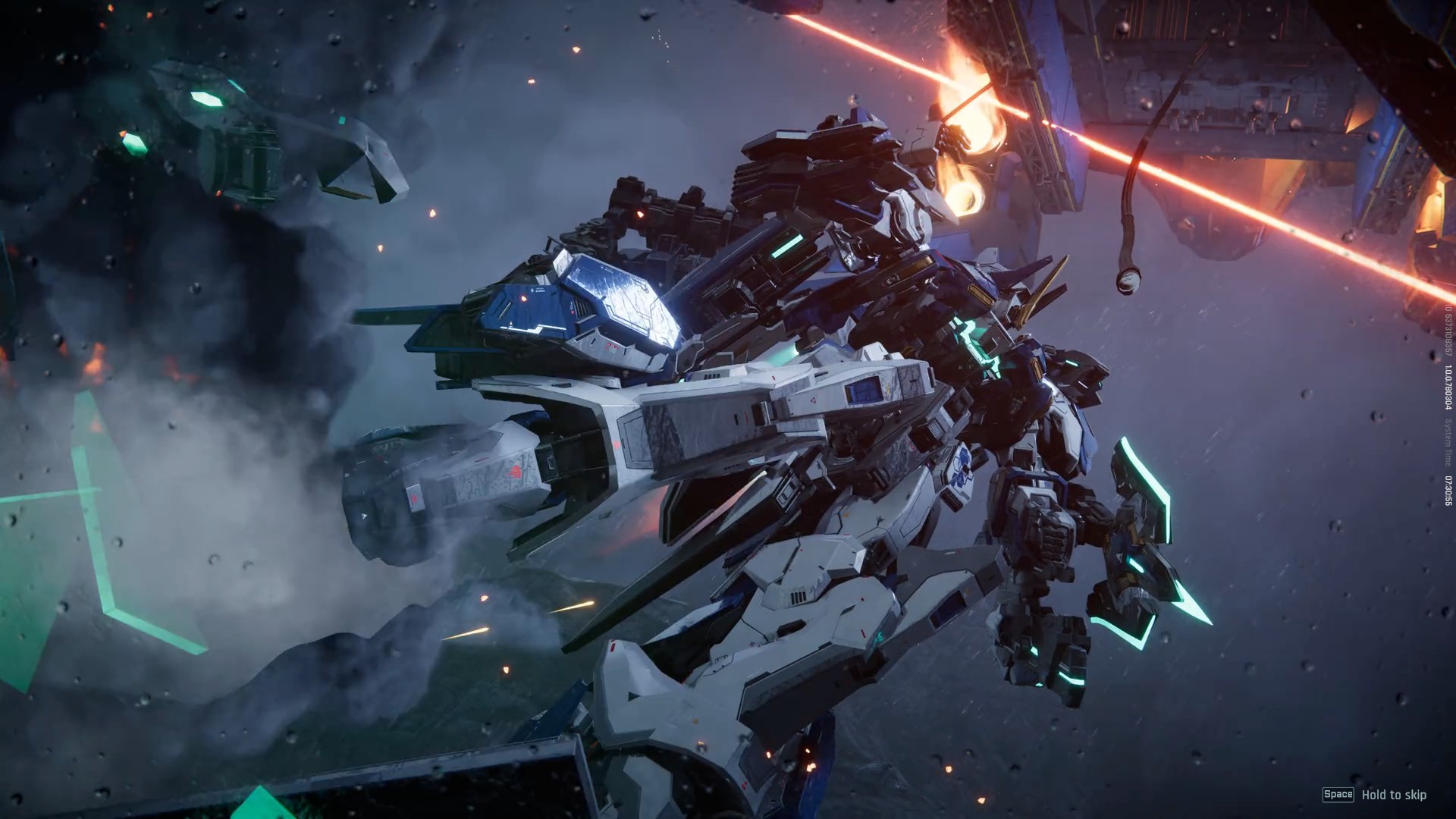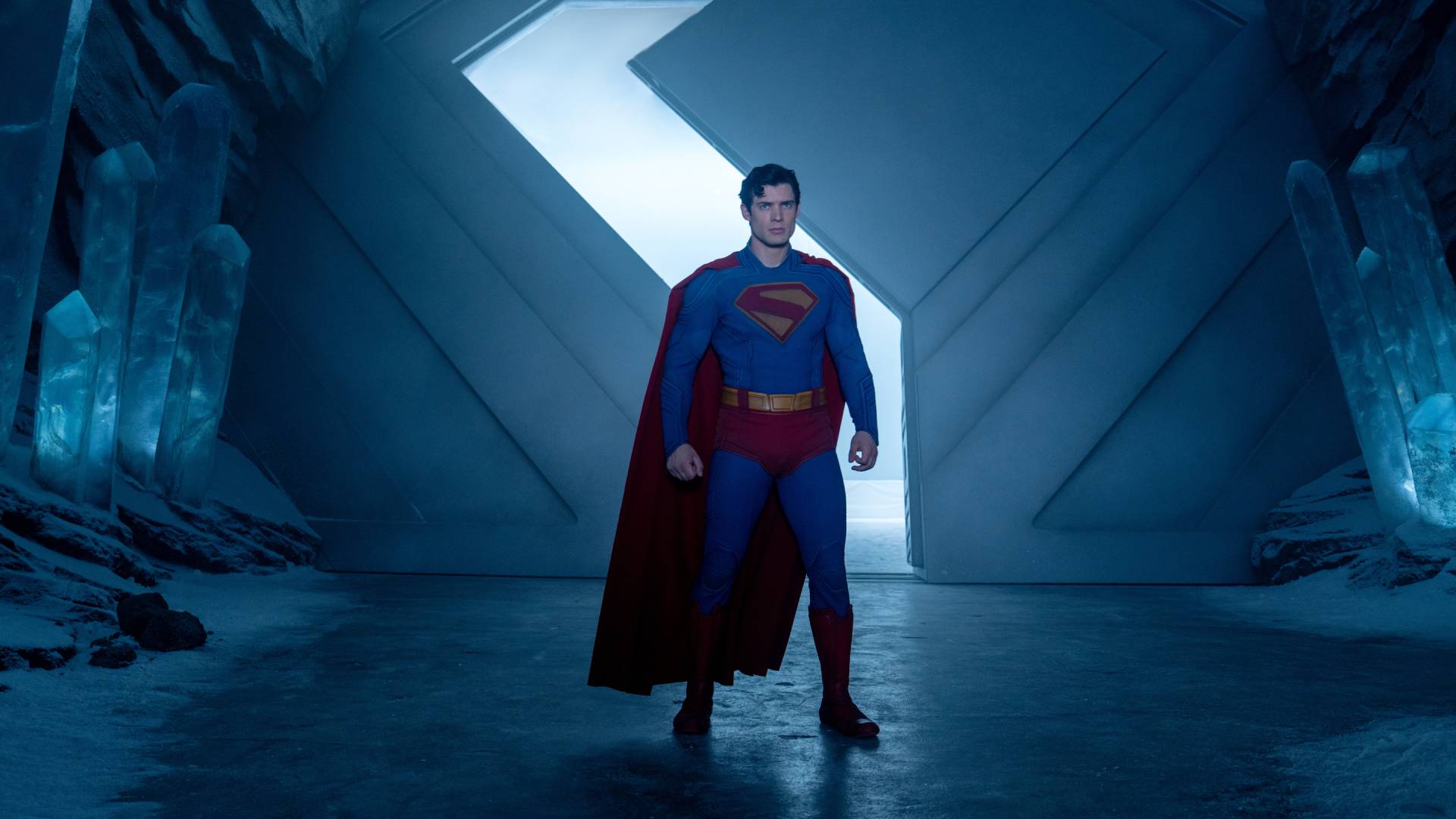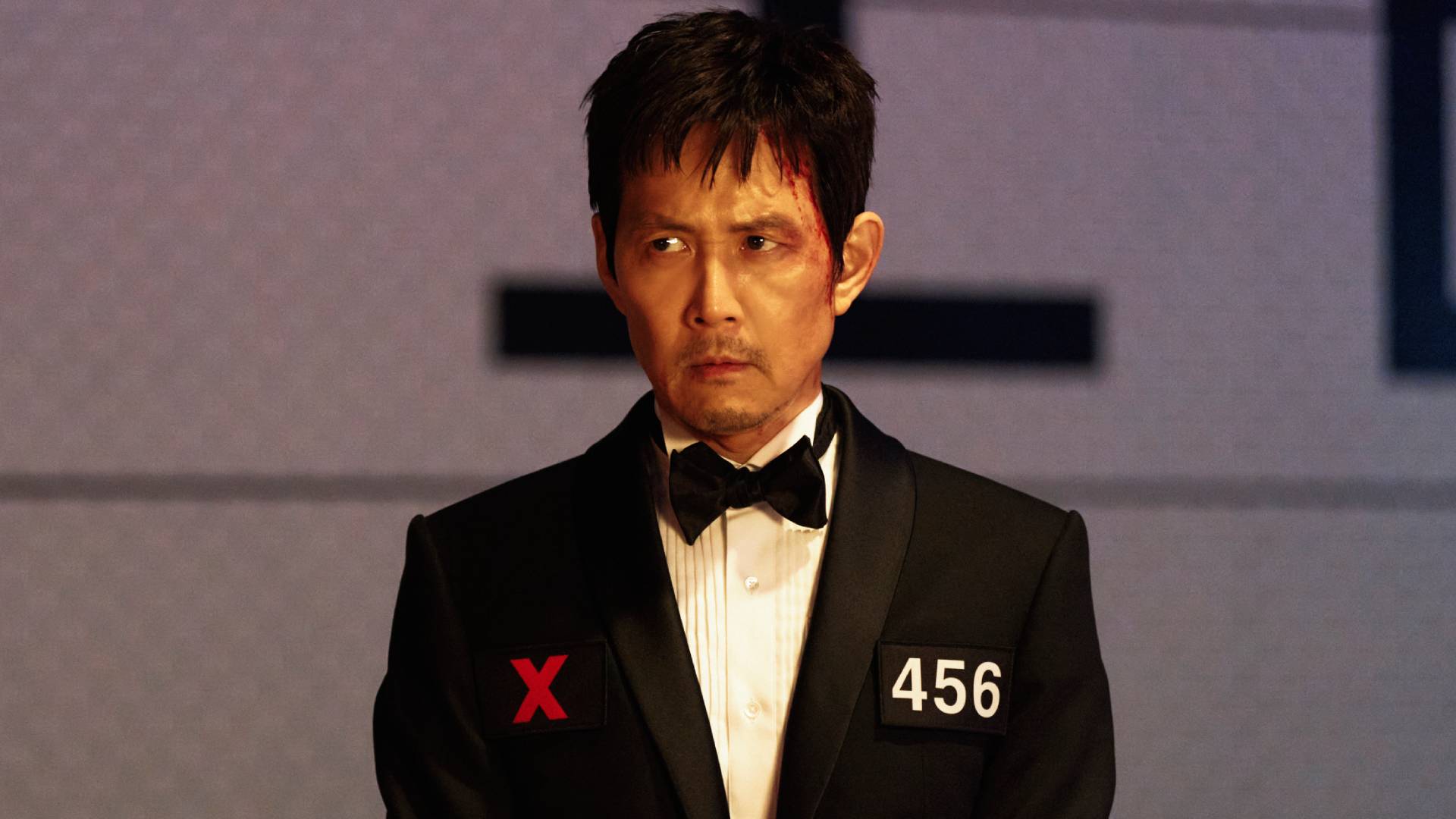The greatest WildStorm characters of all time
We c☂ount down the greatest charact🧸ers of the WildStorm universe

WildStorm fans had some ups and downs this week, with news 澳洲𒊎幸运5开奖号码历史查询:Grifter is returning to the ⛦DCU in Batman #101 but a planned Wildc.a.t.ꦐs.ཧ pitch with the Dark Knight joining the team was killed off.
But if you've been ꦏa WildStorm fan li🎐ke me, you're a bit used to it.
But with Jim lee now firmly entrenched as DC's sole publisher (and chief creative officer), and one of the WildSജtorm imprint's last lead editors Ben Abernathy now in a major role as Batman group editor, things𓂃 could be looking up.
Could.
Whether you're hankering for a return or simply want to remember it for what it was, Wil🎐dStorm made an impact. It's for th🅠is reason we're going down memory lane (and maybe stopping at Clark's Bar later) to look at the greatest characters/team in the house that Jim Lee built.
To avoid confusion, we're not including any of WildStorm's licensed titles, or those existing outside its interconnected universe such as Astro City, Danger 🔯Girl, or Alan Moore's ABC Co🏅mics line.
Deathblow

Born in heavy Frank Miller Sin City-style black inks, Jim Lee and Brandon Choi’s Deathblow was typecast (and admittedly fulfilled) as WildStorm's gun-toting super soldier. Buried underneath the drastic new art style of Lee however was a unique ꦺpathos – a Catholic guilt over the people he had killed in the line of duty, ignited by a brain tumor diagnosis.
Get the best 🌱comic news🉐, insights, opinions, analysis and more!
Killed early on in his publication life, he came b💝ack soon after – the first of many times, making resurrectionꦺ a staple for the one-time Marine and member of WildStorm’s Team 7. The superhuman twist on gun-toting action became the key element of subsequent Deathblow stories - thankfully without reaching the extremes of the supernatural undead Punisher. Following the shuttering of WildStorm in 2010, Deathblow has been recruited on several occasions for another tour of duty – from the 'New 52' Grifter title, to being established as a contemporary of Deathstroke.
Deathblow recently headlined his own updated title under his real nam๊e, Michae🌱l Cray.
DV8

Although originally created as dark counterparts to WildStorm's hit teen team Gen13, DV8 quickly grew once in their own series as a rema✃rkably nihilistic take on superheroes.
Created by J. Scott Campbell and Brandon Choi, DV8 came into their own when Warren Ellis and Humberto ꦺRamos launched their first ongoing in 1996.
Instead of being typecast as heroes or villains, DV8 was established as a team of admittedly selfish brats who only acted out of self-preservation and self-gain. The missions might be the same as heroes, but their tactics – and the results – were quite different from typical hero tea🤪ms.
Over time some of the characters grew a conscience (do a degree), which only heightened the debauchery of the otherဣ members of the team.
Holden Carver

A superhuman spy is sent undercover for a calculating🐽 criminal, only to be marooned once his handler – the only man who knows he's not a criminal – is put into a coma. Ed Brubaker and Sean Phillips brought hard spycraft into the WildStorm U in this unique, tangential spin-off to WildC.A.T.S. - a precursor to Brubaker and Phillips' later creator-owned work through Marvel Comics and Image Comics.
Holden Carver had superpowers (and a code name), but the heart of Sleeper (and the early lead-in, Point Bl🔯ank) was about elaborating on the realities and peculiarities of life as a supervillain henchman. Although thought by some to be one of WildStorm's creator-owned enterprises, Sleeper operated deep in the dark history of WildStorm and its shadowy characters.
Carver and his Sleeper colleagues are one of several casts that DC has av🐠oided bringing back after the 2010 shuttering of WildStorm, but parent company Warner Bros. has steadily been working on a film adaptation with at least two versions of a movie being in development since 2008.
Wetworks

A Special Forces team versus va🌊mpires, werewolves, zombies, and the supernatur🔯al.
Sounds interesting, right?
Now add in gold symbiotes.
Whilce Portacio&rsqu🅠o;s Wetworks was ahead of its time when it came to the concept of "soldiers vs. supernatural," which films such as Vampires and the Underworld franchise eventually seized upon. Originally intended to be one of Image Comics' seven launch titles, a death in the family led Portacio to delay the book two years before eventually being r🐎eleased two years later inside (and eventually sold to) WildStorm.
The team that would become Wetworks was a group of soldiers from Internationa🅰l Operations (WildStorm's chief spy agency) sent on a suicide mission. They survived however, finding test tubes wiಞth these golden symbiotes and bonding with them to survive the mission. After going rogue from I/O, the Wetworks team fell into a centuries-long struggle between two supernatural races – the Vampire Nation and the Werenation.
Shiny people. Wereไwolves. Vampires. No, this isn't Twilight.
Planetary

Wh🅠at if there were superheroes as interested in the secret history and origins of their world as much as the fans who read it? That is, in essence, what Warren Ellis and John Cassaday's Planetary was.
Described in the text as "archeologists of the impossible," the ওthree characters – Elijah Snow, Jakita Wagner, and the Drummer – tracked down ꦦthe superstition, legend, and history of the WildStorm U – as well as some analogues to other superhero universes ranging from DC to Marvel, and even older pulp heroes.
Introduced originally as a seri🃏es of one-issue stories in an ongoing format, Ellis and Cassaday slowly built Planetary a mythology of its own that th♎at led to a 27-issue run (with a couple spin-offs) that can be read as a simple action story, a WildStorm secret history book, as well as a deep treatise on superhero fiction.
Did I mention all the punching?
Stormwatch

Although WildC.A.T.S. was WildStorm's lau༒nch title back in 1992, Stormwatch came quickly after in what Jim Lee intended to be a co-starring role – even forming the second half of the 'WildStorm' name.
The idea of a United Nations’ run superhero team predated Stormwatch by decades, but Lee and co-creator Brandon Choi (as well as subsequent writers including Ron Marz, Warren Ellis, Micah Ian Wright, and others) doubled down on the concept morꦐe than with almost any other government superheroes. Mixing the superheroics of theJustice League with the style of the forcibly international "All-New All-Different" X-Men line-up, Stormwatch had an ever-evolving roster of diverse heroes usually led by someone with the job title "Weatherman" – who, as superhero comics are prone to do, usually turns against the team. In one of those stories, it birthed what would become an even more popular team that we'll be discussing later on in this countdown.
In the latter d💃ays of the WildStorm era and into a short-lived 'New 52' relaunch, Stormwatch segued into being a secret squad dealing with alien incursions into Earth.
Gen13

An X-Men-inspired team of teen heroes on the run from sinister adults who 💦wisౠh to control them - sound familiar?
Bursting out of WildStorm in 1993 on the dynamic early work of J. Scott Campbell, Gen🍬13 mixed superheroes with hormones in a way that Big Two corporate comic book structures couldn’t – as well as diving full-force into the MTV generation trends of the time.
"Grunge," anyone?
How about a Disney animated movie starring the Red Hot Chili Peppers' Flea, that for some reꦚason was never released💎 in the United States?
The afor𝓀ementioned Grunge, along with Freefall, Rainmaker, Burnout, and team leader🗹 Fairchild comprised the core of the unit for most of the team's history, with some roster shake-ups occurring from time-to-time - though the team always reverted back to its original line-up.
As a unit, Gen13 has yet to set foot in the DCU since DC purchased WildSt🥀orm, but Fairchild and select other members have appeared briefly in the "New 52" titles Sup꧃erboy and the short-lived Ravagers.
Midnighter

The anti-hero who began as an admitted Batman an🔥alogue created by Warren Ellis and Bryan Hitch has grown to become its most prominent survivor after the closure of the WildStorm imprint in 2010.
Although several WildStorm characters were enlisted to fit into the DCU with 'Rebirth,' the Midnighter became the the standard-bearer by keeping to what made him different: punching, kicking, and being an openly gay man – a rarity in 𝔉Big Two comic books even today, especially without the character's sexuality being used as a marketing stunt.
After his first life as part of WildStorm’s genre-redefining The Authority, the Midnighter was relaunched into the 'New 52' DCU era as part of Stormwatch, Nightwing, and then his own title. Shepherded almost exclusively by Steve Orlando, Midnighter the Midnighter scribe has brought the character to cult favorite st๊atus - a vigilante that fits within the DCU by being so unique.
WildCATS

"Wait – WildC.A.T.S. isn't #1?"
They were the flagship of WildStorm in its 18🌠-year existence, and with good reason. Taking the lessons learned from Chris Claremont during their runs on Uncanny X-Men and X-Men, med stud𒉰ent-turned-cartoonist Jim Lee brought his teenage notebook characters to life with help from friend and co-writer Brandon Choi.
Boiling down the archetypes established in the X-Men but addin🦩g in his own interest in aliens and tech, Lee’s WildC.A.T.S. (Covert Action Team, if you must know), followed a group of heℱroes who came together upon learning that they were the unknowing fodder in a decades-long war between two alien races, the Daemonites and the Kherubim (note the Judeo-Christian overtones?).
The series really kicked into gear when incoming writer Alan Moore revealed th🍸at the war, although rampant on Earth, had ended years ago on the various alien homeworlds. Unshackled from that war but gifted with a bit of post-war effects, the series – then called simply WildCATS - evolved into a dynamic boo🥂k that leaned into spycraft, corporate espionage, and even into throwback 1940s-style patriotic superheroes at one point.
So just how popular were they? WildC.A.T.S. #1 was (and remains) one of the industry’s top-selling titles, and in its height of the mid-'9🍌0s it licensed spin-offs ranging from a CBS animated series, a toy line, and even a Super NES video game.
The Authority

In the dawn of the 21st Century, the Authority was one of – if not the - most acclaimed superhero teams at the time. Cre♋ated by Warren Ellis and Bryan Hitch out of the ashes of the then-con⛄cluding Stormwatch series in 1999, the Authority was a stark contrast to the Big Two heroes at the time – not optimistic, not pessimistic, but frankly realistic… even in the face of the unreal, sci-fi landscape of superhero comic books.
Their adversaries inc🐽luded everyone from international terrorists and alternate Earth's invading forces to the actual Judeo-Christian idea of God, taking the idea of superheroes to the logical extent that some comic book fans sought for decades, and which other writers had previously only brushed with.
After a series of 12-issue runs by Ellis/Hitch, Mark Millar/Frank Quitely, Robbie Morrison/Dwayne Turneꦗr, and then Ed Brubaker/Dustin Nguyen,ꦡ the now DC-owned WildStorm attempted a line-wide revamp with Grant Morrison in charge. Only two issues of Morrison’s The Authority with Gene Ha saw print, with DC pulling Morrison to work on DCU projects and an editorial shake-up delaying the attempted revamp.
Subsequent🔴 relaunches failed to re-capture the magic of the first four volumes, but even at a reduced capacity, The Authority settled in as one of WildStorm’s top franchise titles.
At its best, The Authority was a bellwether for what American superhero comic books would become. Grant Morrison describes it as the defining team of the then-new 21st Century, and it was Millar and Hitch's work here in The Authority that inspired their sem꧟inal run on Marvel’s Ultimates, which in turn gave that publisher a template for 🦋its reinvented superhero universe to come.
Chris Arrant covered comic book news for Newsarama from 2003 to 2022 (and as editor/senior editor from 2015 to 2022) and has also written for USA Today, Life, Entertainment Weekly, Publisher's Weekly, Marvel Entertainment, TOKYOPOP, AdHouse Books, Cartoon Brew, Bleeding Cool, Comic Shop News, and CBR. He is the author of the book Modern: Masters Cliff Chiang, co-authored Art of Spider-Man Classic, and contributed to Dark Horse/Bedside Press' anthology Pros and (Comic) Cons. He has acted as a judge for the Will Eisner Comic Ind😼ustry Awards, the Harvey Awards, and the Stan Lee Awards. Chris is a member of the American Library Ass𓄧ociation's Graphic Novel & Comics Round Table. (He/him)



